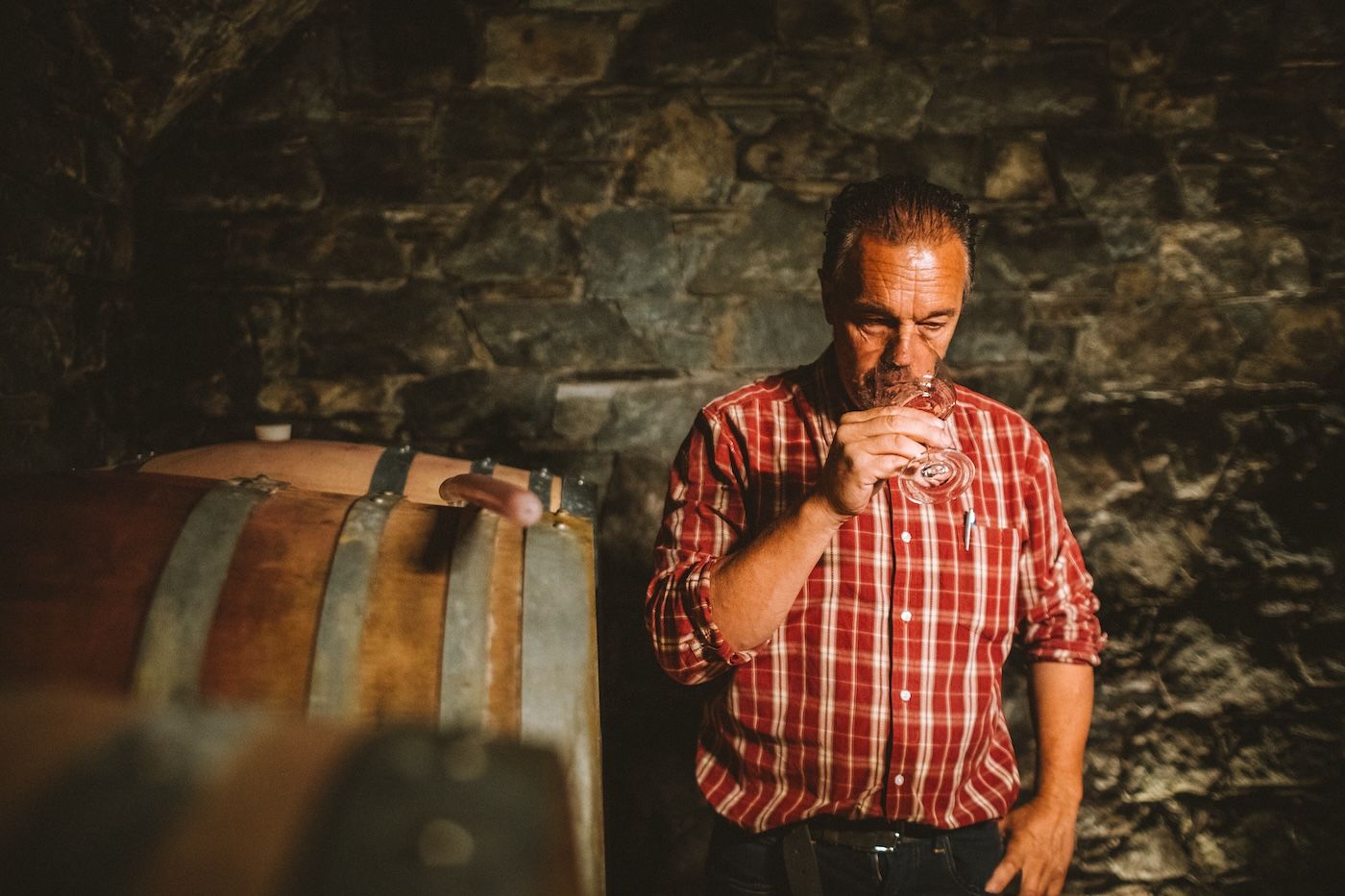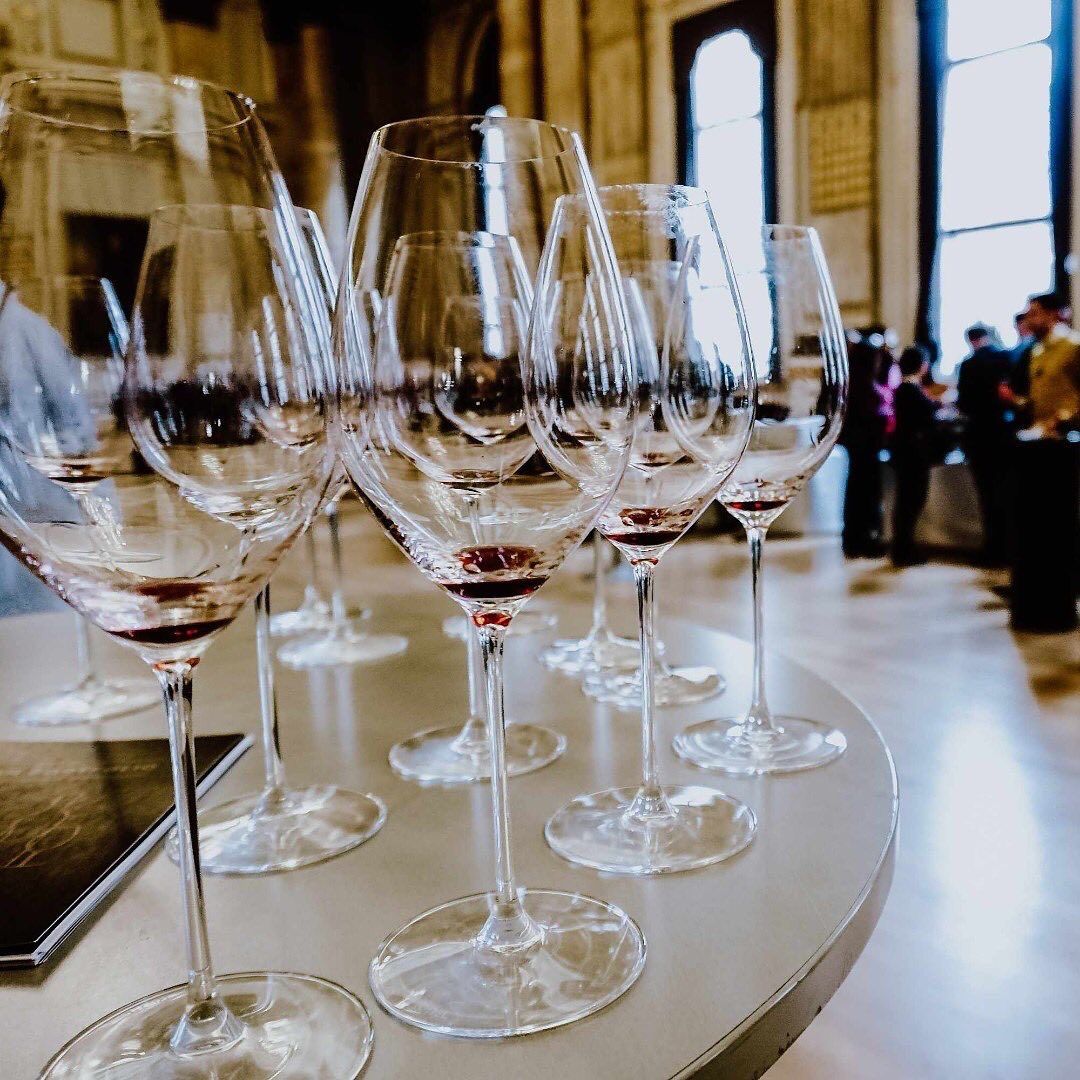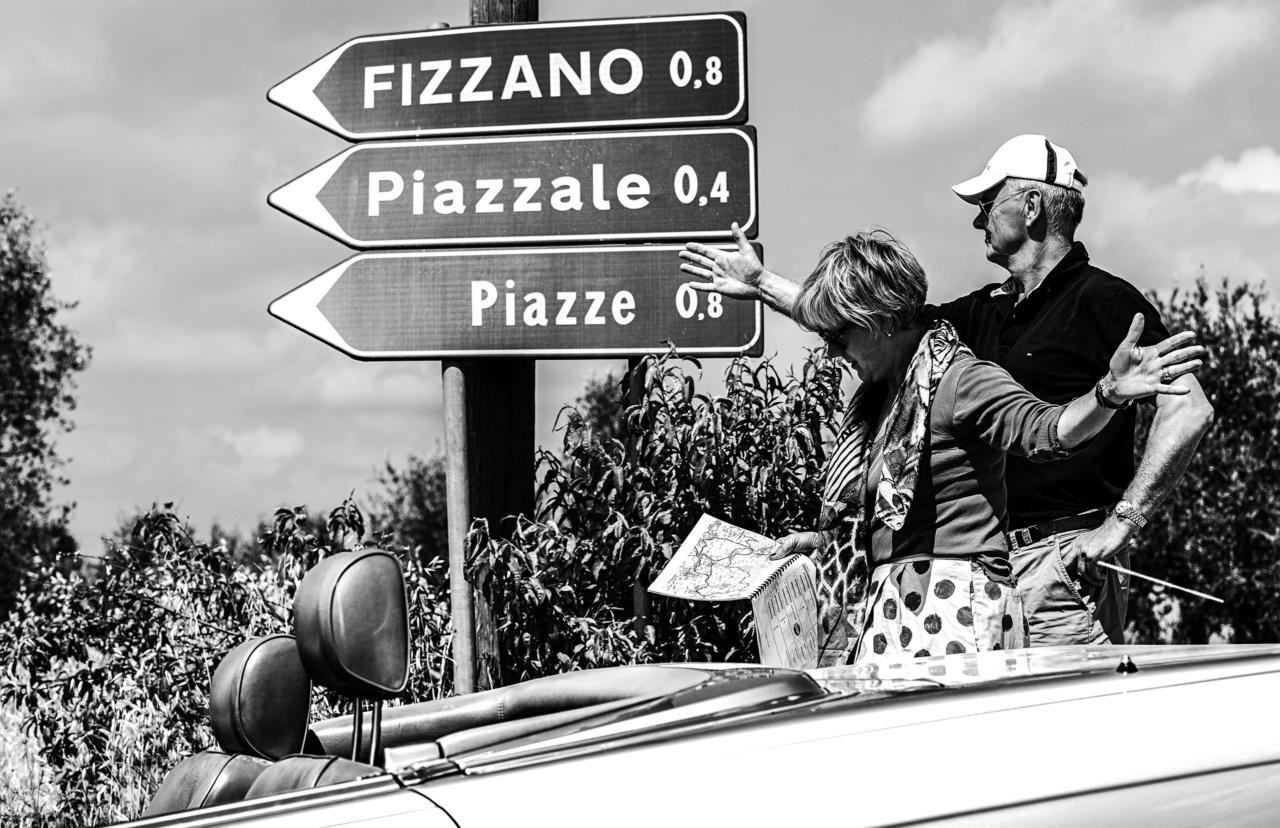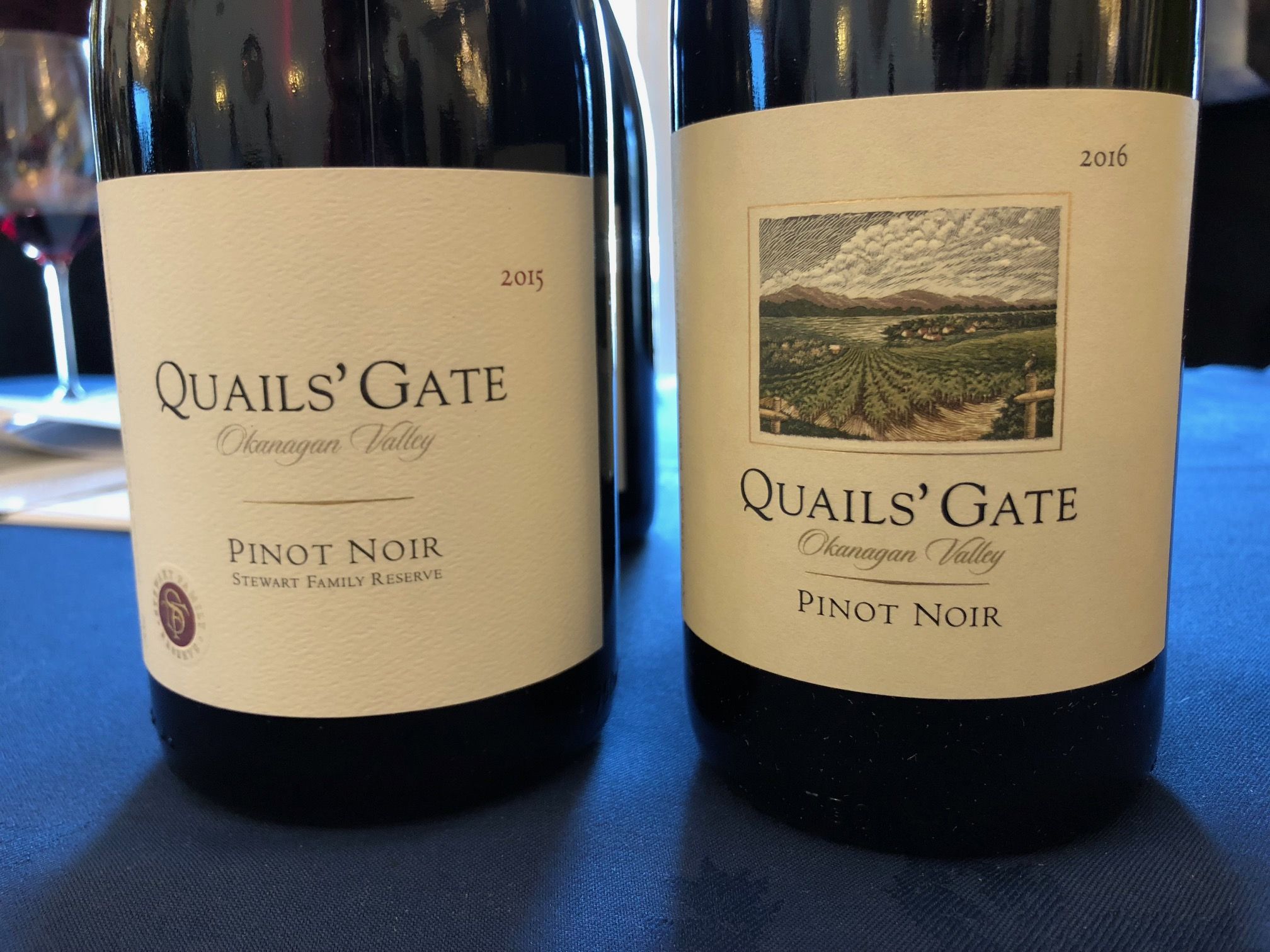Flint Wines put on its most comprehensive Italian tasting to date this April, in the light-filled and spacious rooms of Asia House.
The Italian portfolio has been a focus for the Flint team for over a decade. Under Jason Haynes, Flint acquired HS Wines in 2015, which brought the lauded wines of Roagna, Franchino and others into the list and, since March 2021, Will Heslop has been thoughtfully and undogmatically growing the list as the company’s Italian buyer with additions such as Chiara Condello in Emilia Romagna, Brandini in Barolo and Emiliano Falsini in Etna and Bolgheri.
It’s a pretty good time to be an Italian wine buyer. With a run of strong vintages under their belts, producers are riding high. Arguably 2019 and 2021 will be the most critic-worthy vintages, but 2020 and 2022 are proving attractive foils, more open, perfumed and accessible. Even 2018, a difficult season unbeloved by producers, has shown itself to be slight but spry and often irresistible in bottle, despite the reluctance of many producers to discuss it.
A wide range of producers were in attendance, including Paola Bianchi from Castell’in Villa, Emiliano Falsini and new listing Chiara Condello. There was also a rare appearance from Matthew Fioretti, owner of Cerbaiona since 2015.
Tuscan highlights
There was no doubt that the core of the tasting lay in Tuscany, and much of the excitement came from the lauded 2019 vintage. Heslop observes that “there's been a huge amount of interest in Brunello 2019, so sales have been really positive this year,” while making the observation that “Brunello’s performance is very vintage dependent, more than virtually any other fine wine region that we deal with. Customers can see the great vintages coming from such a long way away,” meaning they hold back spending on lesser years to go heavy on the most celebrated ones.
Looking more closely at the Flint Brunellos, Fioretti at Cerbaiona has taken the estate in a new direction since 2015, when he chose to release the estate’s entire production as Rosso di Montalcino. Replanting ensued, a new cellar was constructed, orders were placed for new, small casks and winemaking overhauled. Much shorter macerations were implemented, marking a break from the style of predecessor Diego Molinari, who pursued traditional, Biondi Santi-inspired winemaking at the estate from the early 1980s through to its sale.
As Heslop says, “Matthew is absolutely determined to make pristine wines with cleanliness and precision,” and determined to avoid what Fioretti himself describes as the ‘oxidative and bretty’ style of the past, all the while introducing indigenous yeast fermentation and converting the vineyards to organic viticulture.
There are a number of newly-added IGT wines that lean heavily on Bordeaux varieties and which are bottled under the M.L. Fioretti label. They are generally rich and luxurious in style. The Brunello 2019, described by Fioretti as a ‘transitional vintage’ utilised cooler ferments to deliver a crisper, sleeker wine than in the past, avoiding any hint of volatility, and with bright, fruity cherries in abundance. The intention will be to release these wines after no more than two years in wood, and Matthew believes that the Consorzio would benefit from reducing the minimum ageing period for the Brunello di Montalcino DOCG to prioritise fruit expression.
“He recognises that Brunello is being drunk younger so it needs to perform well on release,” Heslop says. Going so obviously against the current traditionalist fashions of Montalcino is a bold move and this fresh approach at Cerbaiona will be one for buyers to follow with interest.
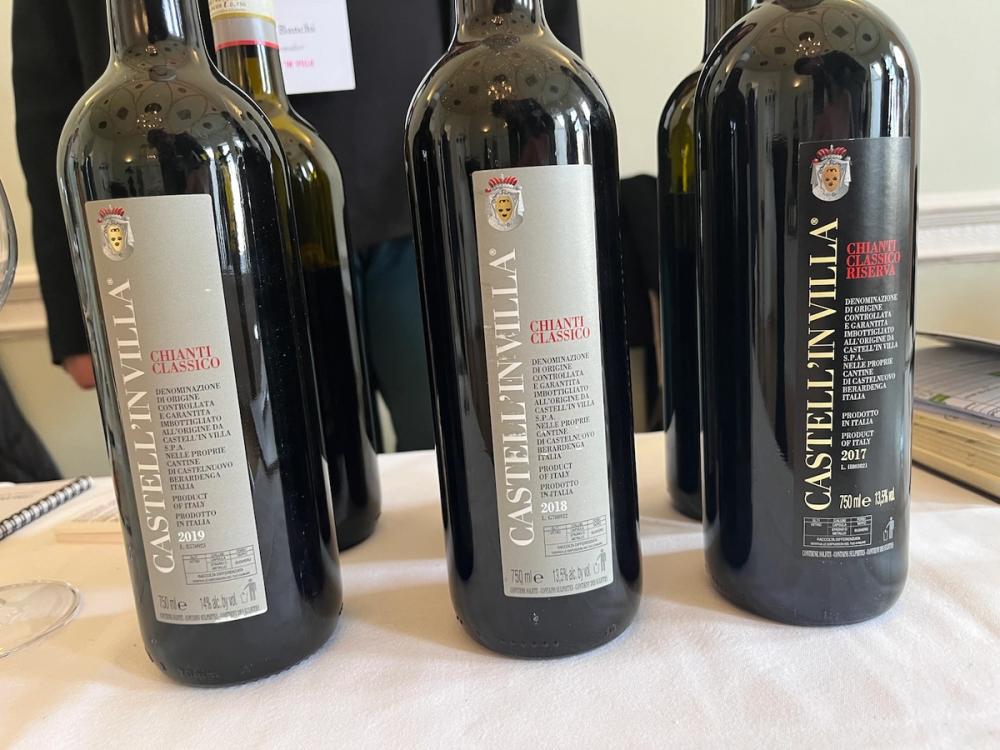
On the other side of the room from Fioretti, Paola Bianchi of Castell’in Villa was also taking the opposite approach. Pouring her 2018 and 2019 Chianti Classico, and 2017 Chianti Classico Riserva, she was up to four vintages behind many of her contemporaries. The 2018 was light, fresh and charming, the 2019 considerably more complex and rich, while the 2017 Riserva was a standout in a vintage that is often monolithic. This was achieved mainly by selling off most of the fruit from their 54 hectares and keeping only the highest and coolest parcels to release under the estate’s Riserva label.
As Bianchi pointed out, ripeness is a given in Castelnuovo Berardenga; acidity is the elusive quality. But the 2017 displays just the right amount to carry its robust, chewy fruit. The ongoing policy of maturing the wines at the cellar until ready to drink is admirable.
Viola Giannetti from Le Pottazine was also present, pouring a restrained and composed set of current vintages from the family’s five organically farmed hectares located at altitudes of 450m. Long macerations and ageing in Slavonian oak botti are the policy here and the 2019 Brunello was looking superb. A Riserva – just the 5th in 30 years – will be released in due course from this exceptional vintage that seems a perfect vector for Le Pottazine’s terroir and discreet winemaking.
Over at La Fiorita, the evolution in style continues since Natalie Oliveros took over in 2014, but the opulent, glossy, deep fruit of the Ninfalia Rosso 2022 and the hedonistic, glycerolly and glamorous Brunello di Montalcino Reserva 2018 and Fiore di No 2019 would be compelling to all but the most obtuse of traditionalists.
So, four highlight Tuscan estates, four very different styles – perhaps, in some ways, about as different as you can get. You certainly can’t accuse Flint’s buying team of chasing trends, with the Tuscan selection offering an attractive snapshot of different beliefs and practices.
Alto Adige to Etna
Delightful as it was to indulge in Tuscan greatness over the last few harvests, it’s hardly news that these producers and those vintages are worth a look. Equally impressive from the point of view of Flint Wines was the more outré selections.
“We are a Burgundy specialist, and we remain a Burgundy specialist. When it comes to Italy we're drawn to producers making site-specific wines of freshness and finesse,” Heslop says.

Chiara Condello
A good example of that was new signing Chiara Condello, pictured here with a gorgeous bouquet of flowers on her table, was pouring two vibrant, vivid wines from Emilia-Romagna, produced from her four organically-farmed hectares in Predappio. The limestone soils mark the change from Tuscan galestro, and the small-berried Sangiovese Piccolo clone lends itself well to whole-bunch fermentation, according to Condello.
The outstanding Lucciolo Sangiovese 2022 comes from less than a hectare of vineyards on local spungone soils. It was floral, perfumed and crunchy – although at £56 RRP, it might do better in the hands of a sommelier than on a shelf.
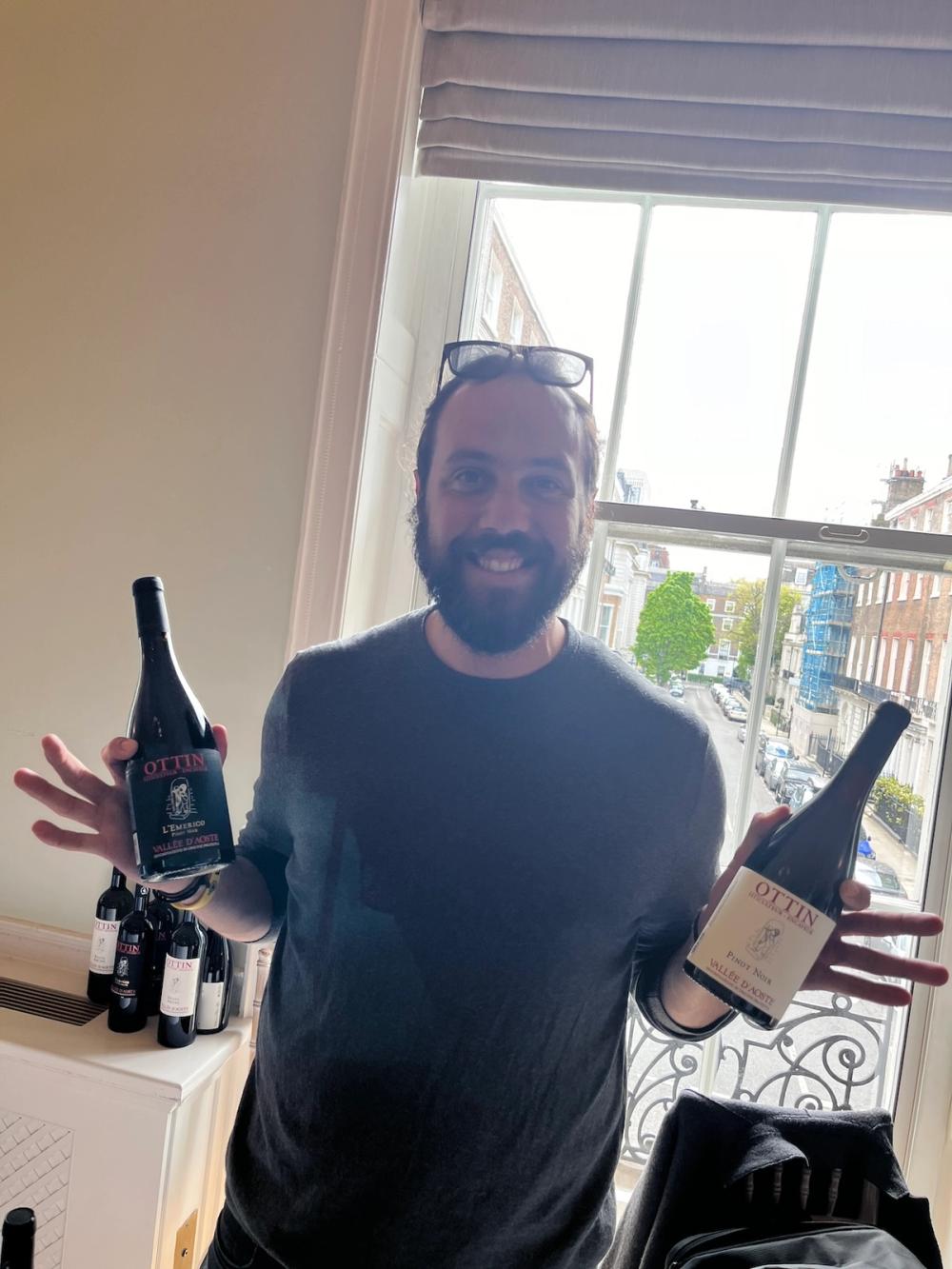
Two standouts from Ottin
Of the other highlights, it should come as no surprise that a Burgundy specialist should have picked out two of the best Italian Pinot Noirs I’ve had the pleasure of tasting. Both the Pinot Noir Vallée d’Aoste 2022 (£33 RRP) and Pinot L’Emerico 2020 (£45 RRP) from Ottin in Valle d’Aosta were standouts, naturally fermented from fruit grown on granite and sandy soils, delivering a bright, crisp, peppery spiciness that was distinctive and moreish.
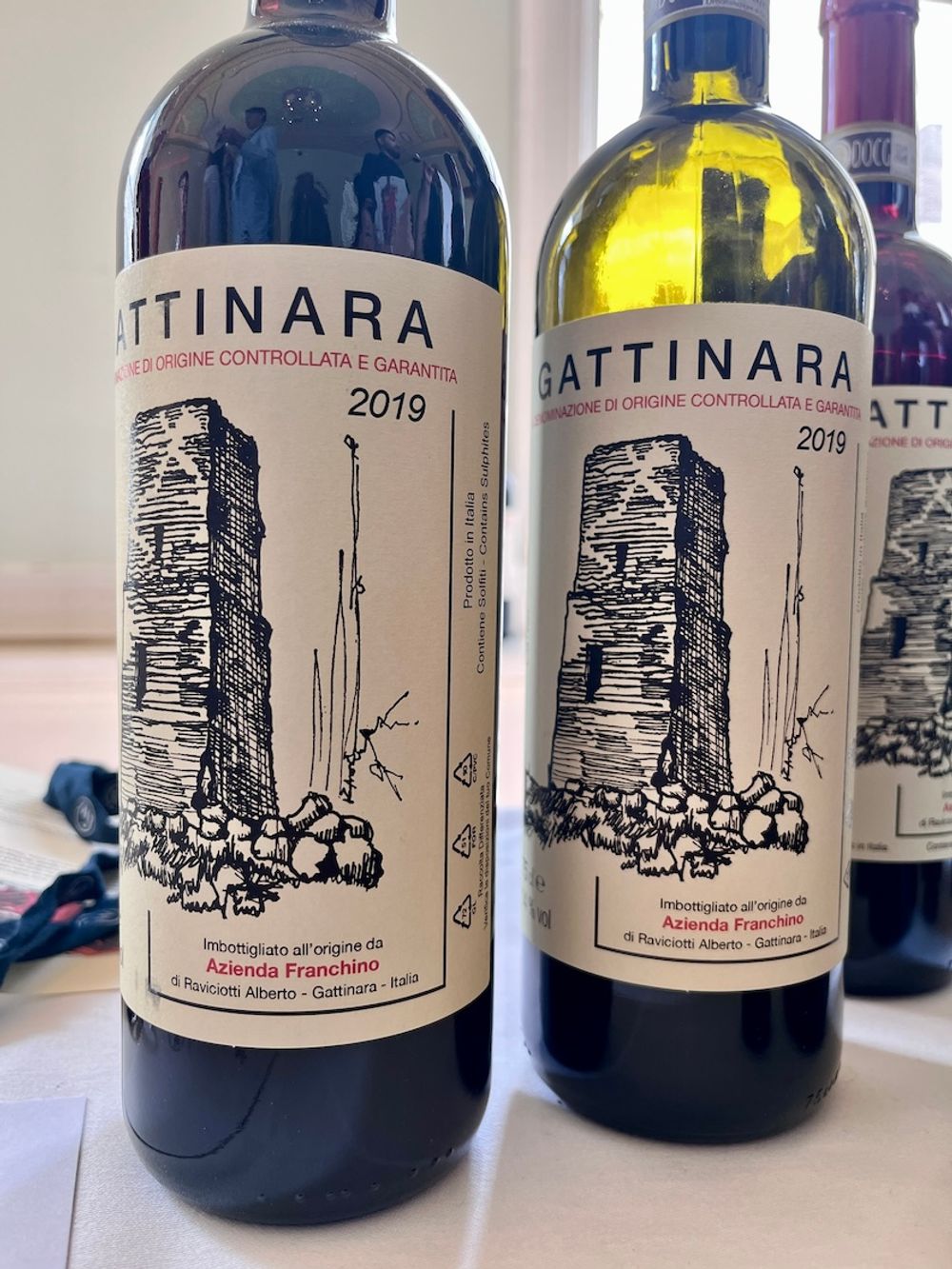
But, even if both of the Ottin Pinots seemed rather good value in comparison to Burgundy, in terms of pound-for-pound value, Mauro Franchino’s Gattinara 2019 (£37 RRP) pips them both. If I had been told I could only buy one wine after the tasting, it would have been this. While the 2018 was charming, ready to drink and pleasingly lithe and juicy, the 2019, for the same price, was superb with great concentration, bags of tannins, red fruits, nutmeg, paprika and leather and many years ahead. Now under the direction of third generation Alberto Raviciotti, Franchino seems to be getting better and better without leaving behind its old-school credentials.
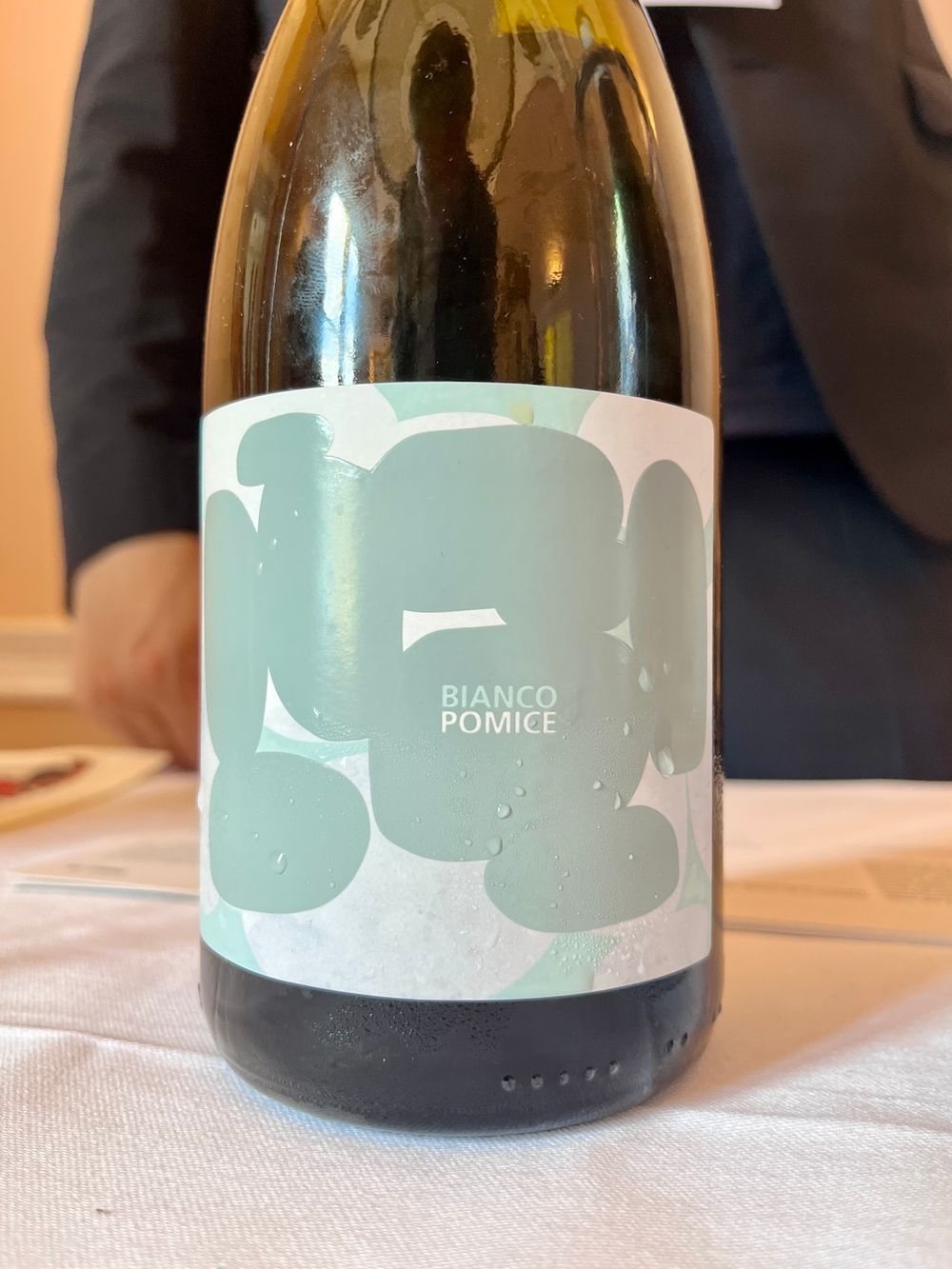
Two final mentions from the other end of Italy. The elusive, complex, and frankly rather bewildering Bianco Pomice 2022, a blend of Malvasia di Lipari and Carricante from Tenuta di Castellaro was the wine that I wanted to take home and figure out. Pickled ginger, honeycomb, chamomile and yellow plum, orange blossom and dried spices – it was a wine to unfurl in private, not to try and skewer in a snapshot tasting note. Castellaro’s sweet Malvasia delle Lipari 2018 was also an extraordinary treat, although perhaps a hard sell for anything other than Italian specialists who can tell the story of this extraordinary wine.
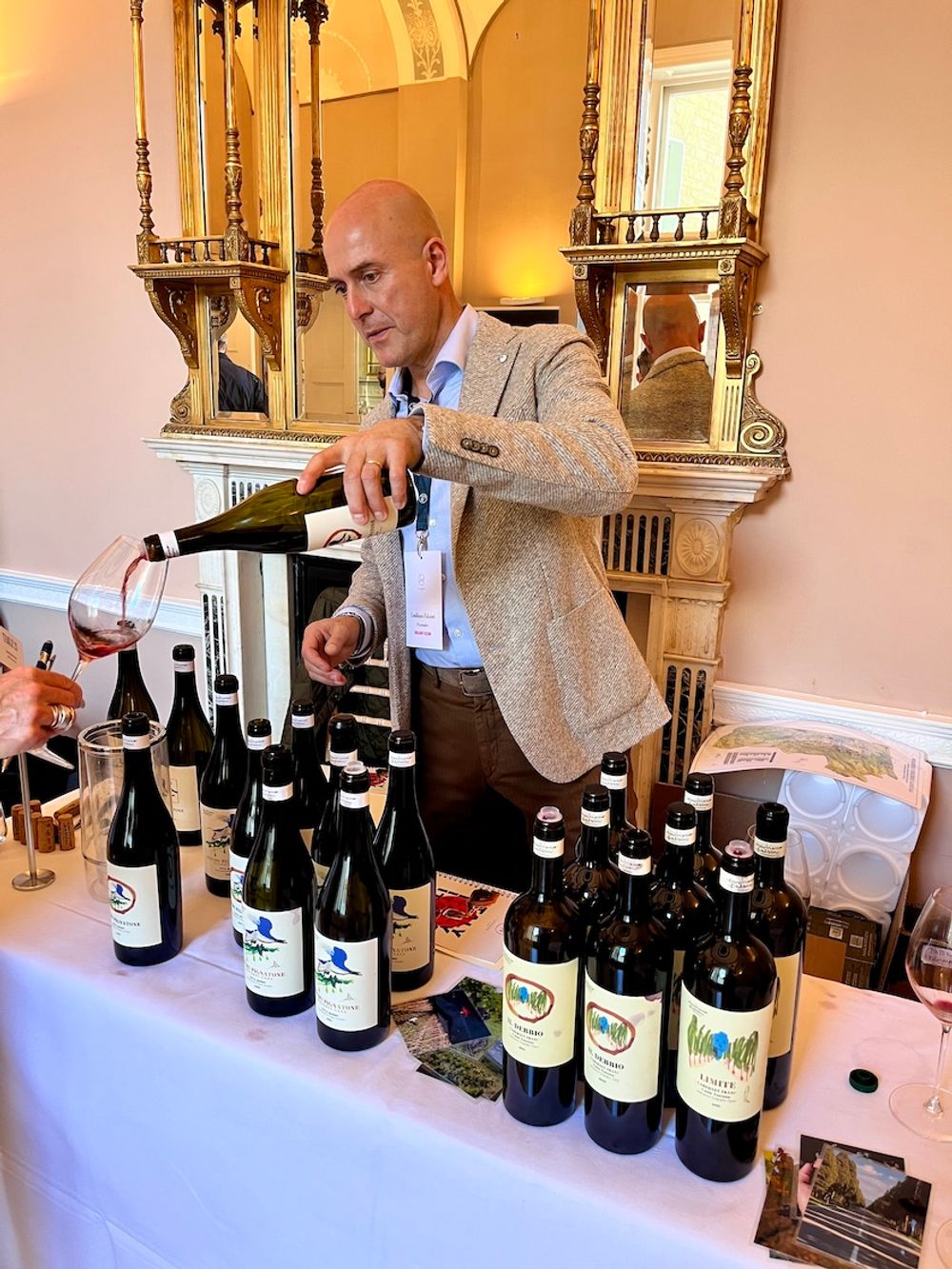
Emiliano Falsini
Lastly, Emiliano Falsini, who was waiting quietly in the final room with three times more wines than were on the tasting sheet, from his Etna and Bolgheri estates. His Etna Rosso Feudo Pignatone 2021 was a particular highlight, the more surprising because Etna was one of the few regions of Italy that really struggled in 2021, due to drought. So was the blanc de noirs- styled Rosato 2023, with its quince fruit, leesy palate and decidedly garriguey flavour.
In Bolgheri, neither Il Debbio 2021nor Limite 2021 are entitled to the Bolgheri DOC appellation, being entirely Cabernet Franc, but both prove how singularly well-suited to Bolgheri this grape is, where it is shaping up to make wines in the style of top Right Bank châteaux.

The Flint team seemed bullish about its portfolio, and with good reason. Citing strong sales following its trade and private client event, Heslop was feeling positive about the ongoing interest in Italy from the largely Burgundy-buying clientele.
“We've got a lot of customers who are steeped in Burgundy, who can understand the nuances in terroir, and want to learn about Italy,” he remarks. True, there’s a lot to learn, but the Flint team has assembled a formidable roster of growers, diverse in origin, style and approach, but all impressive ambassadors for contemporary Italian wine.
